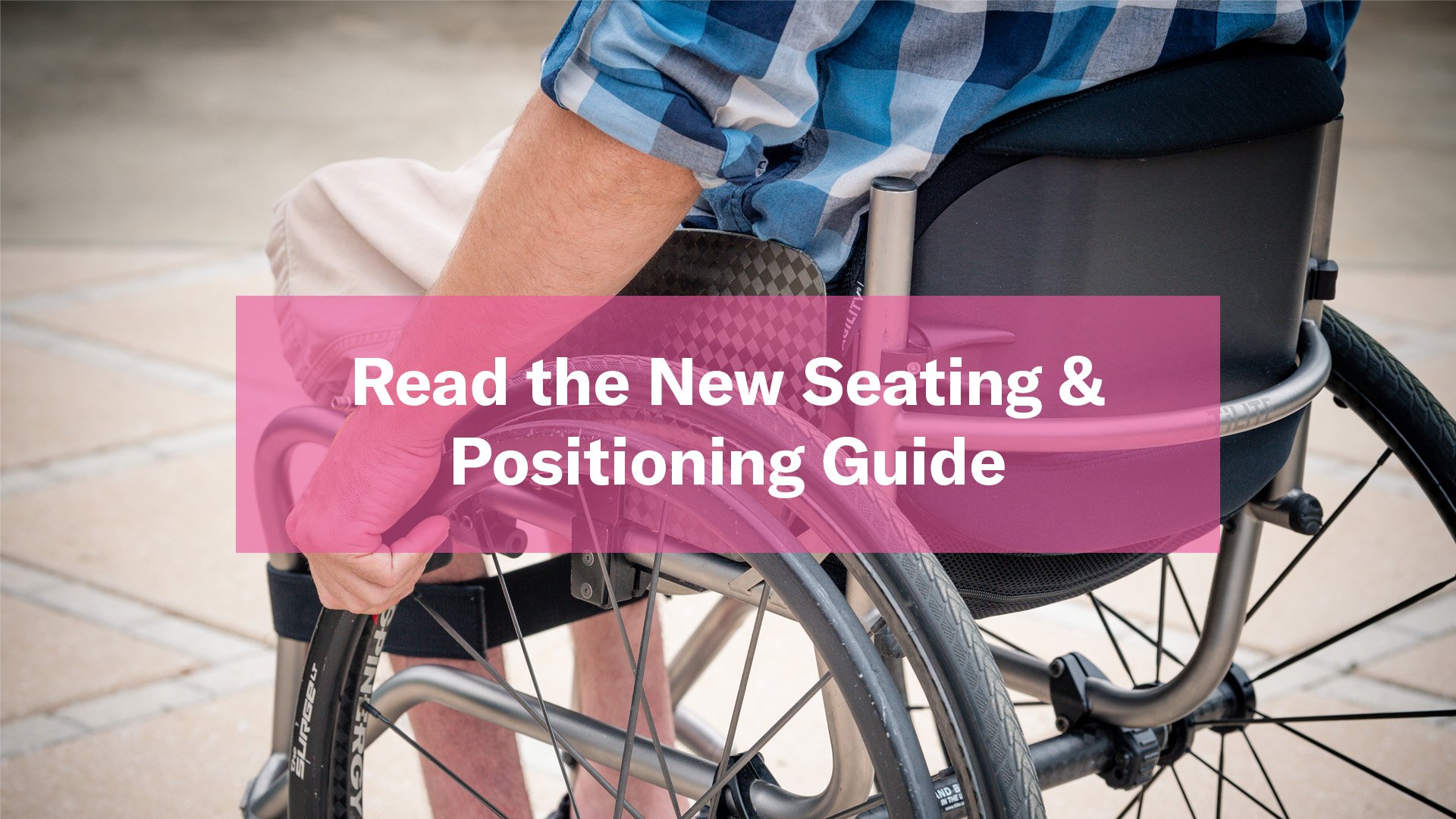Why Posture Matters in Wheelchair Seating
When it comes to wheelchair seating and positioning, postural abnormalities cause more than just discomfort. These abnormalities can lead to long-term health issues, reduced mobility, and increased risk of pressure injuries. That’s why being able to identify what is reducible (flexible) and what is non-reducible (fixed) is essential for creating effective seating solutions.
What Are Reducible vs. Non-Reducible Postures?
- Reducible Posture: The body can be supported into a more neutral or midline position. These postures are flexible and can be corrected with proper seating components.
- Non-Reducible Posture: The body has structural or soft tissue limitations that prevent correction. These postures require accommodation rather than correction. Without intervention, the body can move into further deformity.
- Some individuals may have a partially reducible posture. This means that their position may be able to be improved with seating support towards a more midline posture, however, they may not tolerate it or be able to move all the way to midline.
Why This Distinction is Crucial
Knowing the difference helps clinicians and complex rehab technology professionals decide whether to correct or accommodate the posture. This decision directly influences:
- Cushion selection
- Back support configuration
- Pressure redistribution strategies
- Long-term comfort and function
Clinical Goals Based on Posture Type
- For Reducible Postures:
- Use adjustable cushions and supports to guide the body toward midline.
- Focus on correction to tolerance. Don’t force full correction if it causes discomfort.
- Prevent progression to non-reducible posture with early intervention.
- For Non-Reducible Postures:
- Prioritize accommodation to reduce pressure and enhance comfort.
- Use seating supports that conform to the body’s shape.
- Adjust seat-to-back angles to match range of motion limitations
Real-World Example: Posterior Pelvic Tilt
A common postural issue, posterior pelvic tilt, often leads to a “C-shaped” spine and forward head posture. Below are some options to consider based on whether the individual’s seating abnormality is reducible or non-reducible.
If Flexible/Reducible:
- Optimize pelvic stability and alignment; use a back support.
- Consider anti-thrust, tapered adductors and choice of medium.
If Fixed/Non-Reducible:
- Consider an immersion style cushion that contours to the shape of the client to maximize pressure redistribution and minimize peak pressures on the ITs, sacrum, and coccyx.
If Fixed/Non-Reducible:
- Consider opening seat-to-back angle in conjunction with a fixed tilt in the wheelchair, to match the client's ROM limitations and minimize forward sliding
For Further Reading
- RESNA Wheelchair Service Provision Guide
- WHO Wheelchair Provision Guidelines
- Glossary of Wheelchair Terms – University of Colorado
.jpg)
